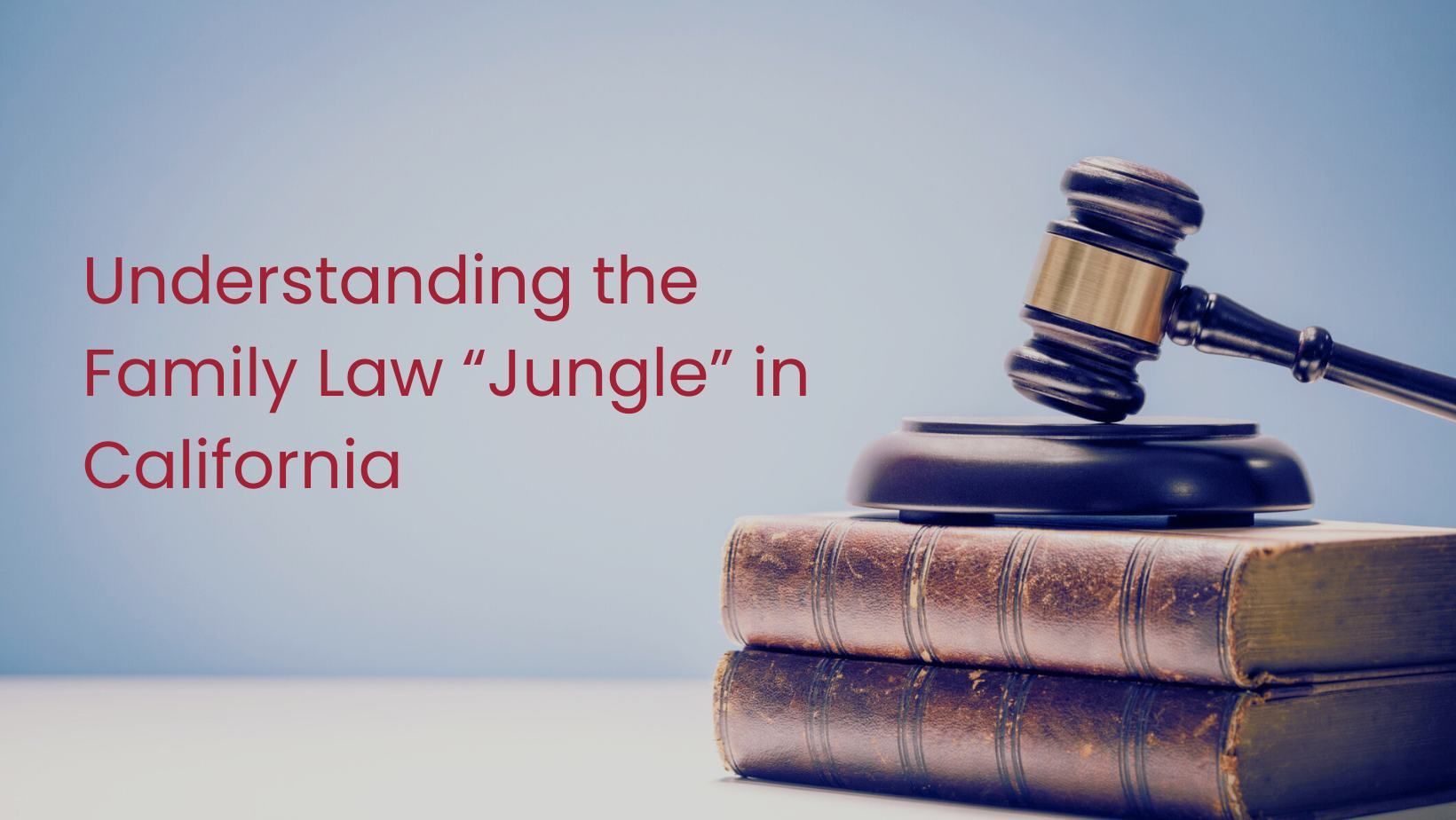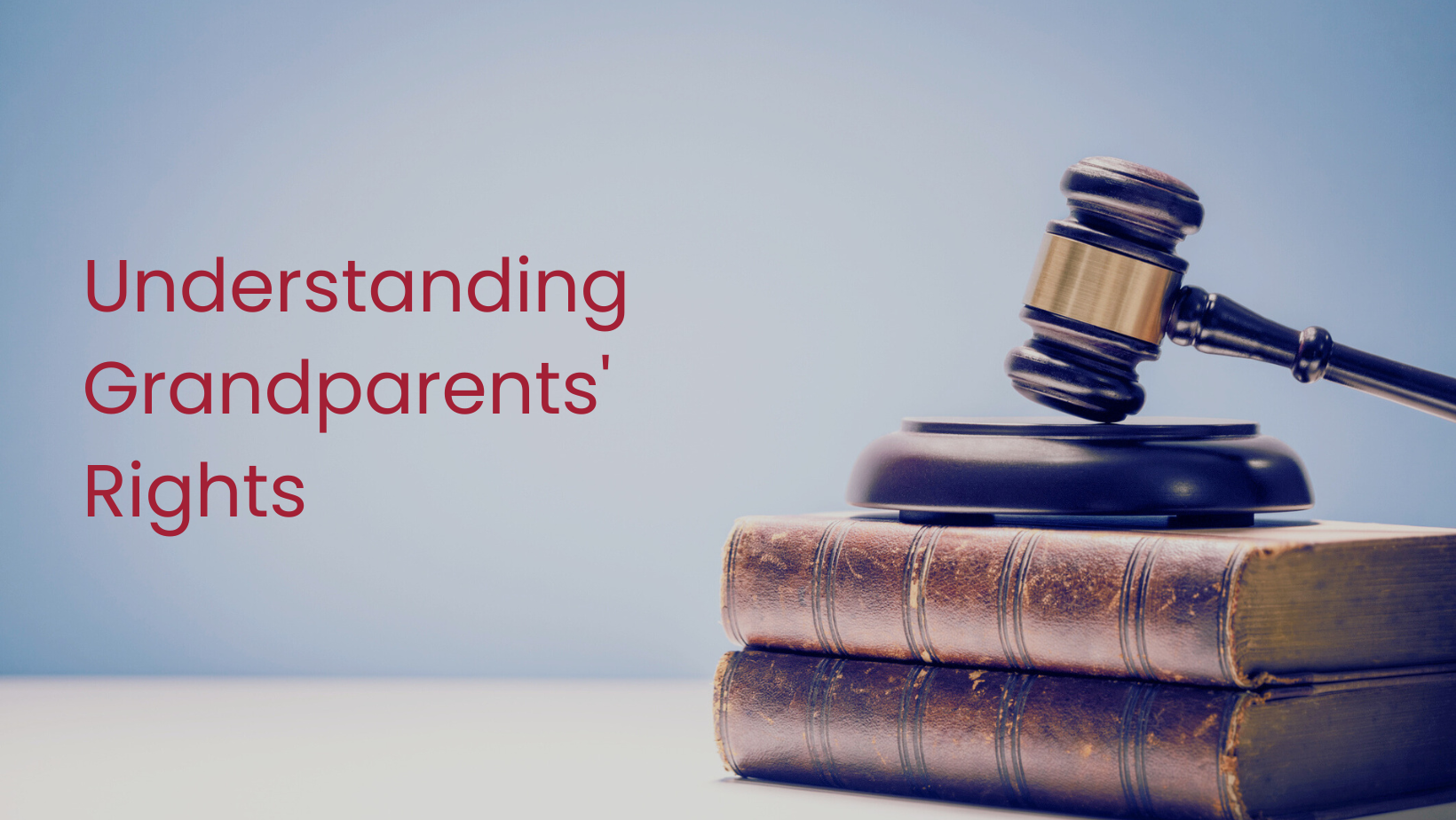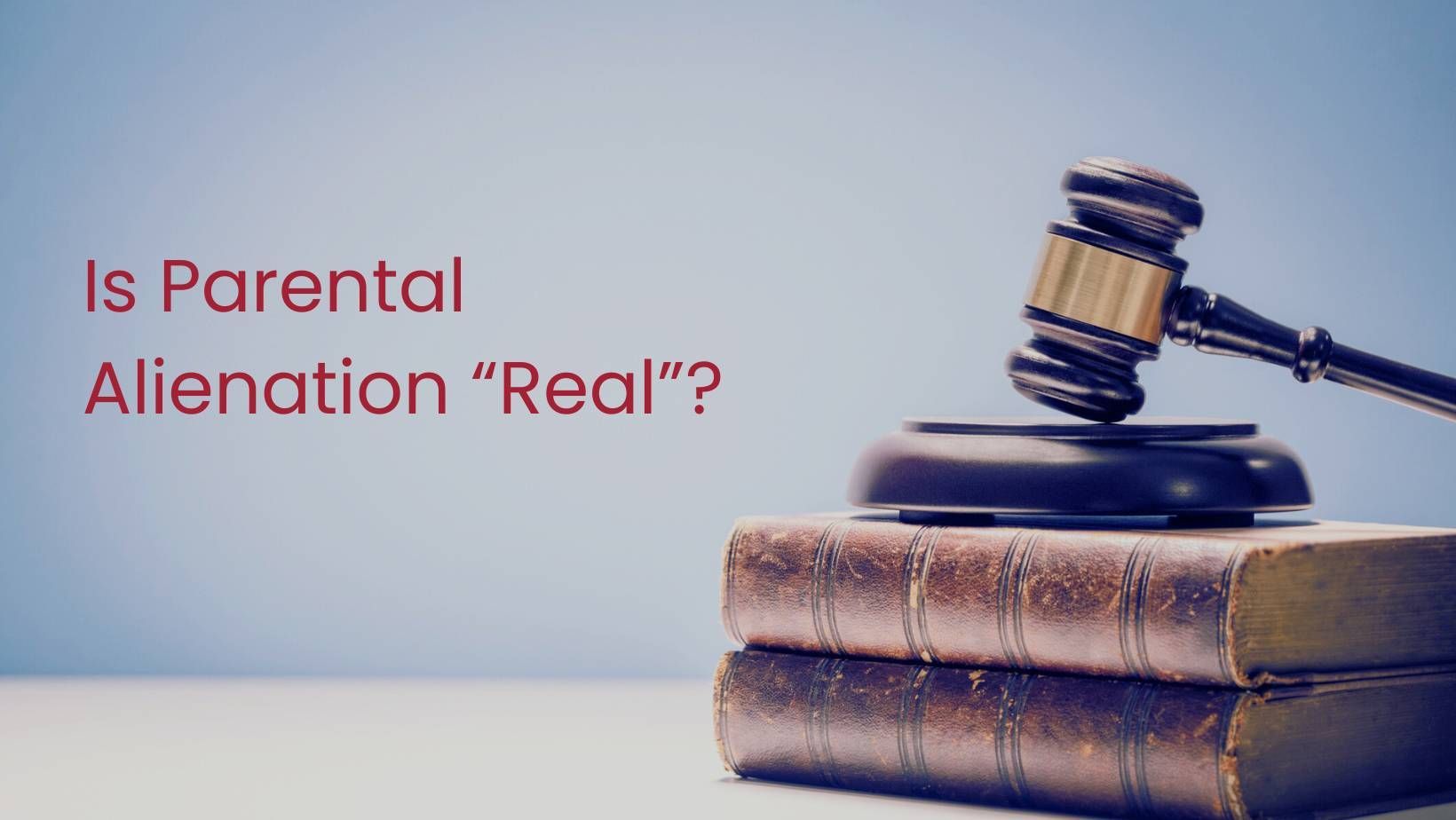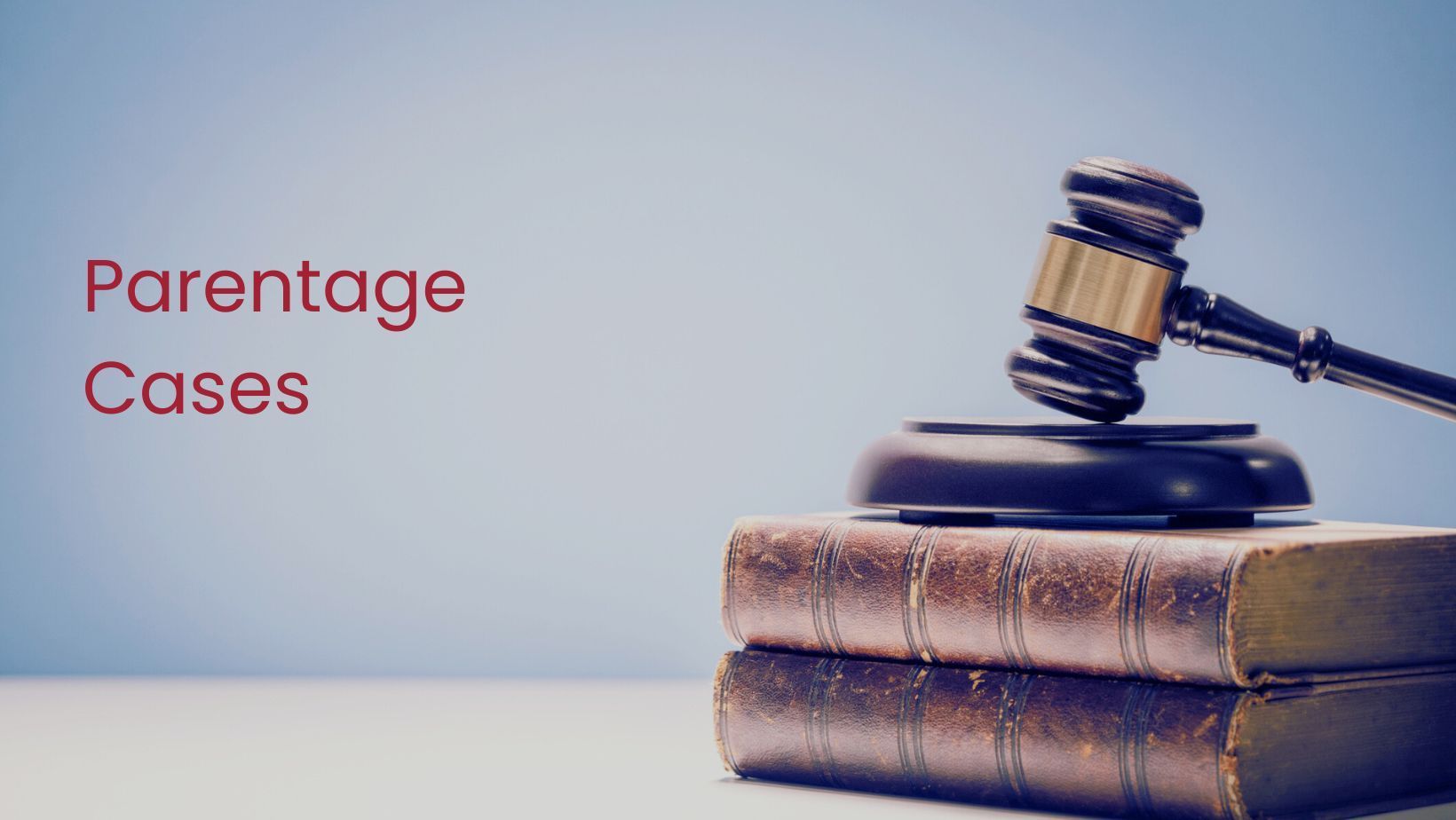Understanding the Family Law “Jungle” in California
- By Daniel Gold
- •
- 28 May, 2024
- •

Dealing with family law matters in court can be overwhelming, whether it's divorce, child custody, or support issues. Having a sherpa who can lead you through the jungle that is the family law court system is crucial for individuals who want certainty, closure and a path forward.
Filing the Petition
Every family law case begins with filing a petition. This document sets the legal process in motion by outlining requests to the court. Once the petition is filed, it must be served to the other party, who then has a limited time (usually 30 days) to respond.
Response
After the other party is served, they have the opportunity to file a response which outlines disagreements with the initial petition.
Temporary Orders
In some cases, temporary orders may need be issued to address immediate concerns before the case is resolved. These orders can include temporary child custody, visitation schedules, child support, spousal support and attorney fees necessary to prepare the matter for trial. These orders remain in effect to preserve the “status quo” as much as possible until the final judgment.
Discovery: Gathering Information
Even though mediation aims to reduce legal conflict, it's advisable to consult with seasoned family law counsel who can guide you on your legal rights and help you understand the implications of any agreement.
Mediation and Settlement Negotiations
Before heading to trial, many family law cases go through mediation, sometimes called Mandatory Settlement Conferences, to encourage an amicable settlement. Settlement negotiations can lead to a resolution without the need for a trial.
Trial: Resolving Disputes
If a settlement can't be reached, the case proceeds to trial. Both parties present their evidence and arguments, and the judge makes the final decisions on all unresolved issues, including child custody, support, and property division. The court’s decision will be legally binding and must be adhered to by both parties.
Final Judgment: The Court's Decision
After the trial, the court issues a final judgment, which outlines the resolution of all matters in the case. The judgment will detail child custody arrangements, support obligations, property division, and any other relevant issues.
Post-Judgment Modifications
Family law judgments are not always set in stone. Post-judgment modifications can be requested if significant changes occur, such as changes in income, relocation, or the needs of the children. The court will evaluate whether these changes warrant modifying the existing orders.
Conclusion
Navigating family law court procedures can be stressful, but working with an experienced attorney can help safeguard your interests. As a Certified Family Law Specialist, I can guide you through the complexities of the legal system and provide personalized advice.
To learn more about my services, visit my services page.
Call: 949-756-0684
Email: dgold@tldlaw.com
Disclaimer
This information outlines a few of the concepts that surround separation, dissolution and annulment in the State of California. It is not intended to be, nor should it be construed as legal advice for any particular situation. Please seek advice from TLD Law or your personal attorney in your state or jurisdiction.

Divorce brings significant changes to your financial situation, and understanding the tax implications is crucial to avoid unexpected liabilities and maximize your financial health. From filing status to the division of assets, knowing how divorce impacts your taxes can help you plan effectively for your post-divorce life.

Grandparents can seek custody or visitation in California, but the process is not straightforward. Courts prioritize the child’s best interests while balancing parental rights, so proving that grandparents’ involvement is necessary requires careful legal navigation. For personalized advice and assistance with grandparents’ rights, contact me for expert guidance.

It is striking how far things have some since I was sworn in as an attorney in 1993. I remember the “dawn” of domestic partnerships in California and its evolution to becoming something akin to marriage “lite”; when many other states, and the Federal government did not choose to give legal recognition to same sex relationships.How far things have come since those early days.







